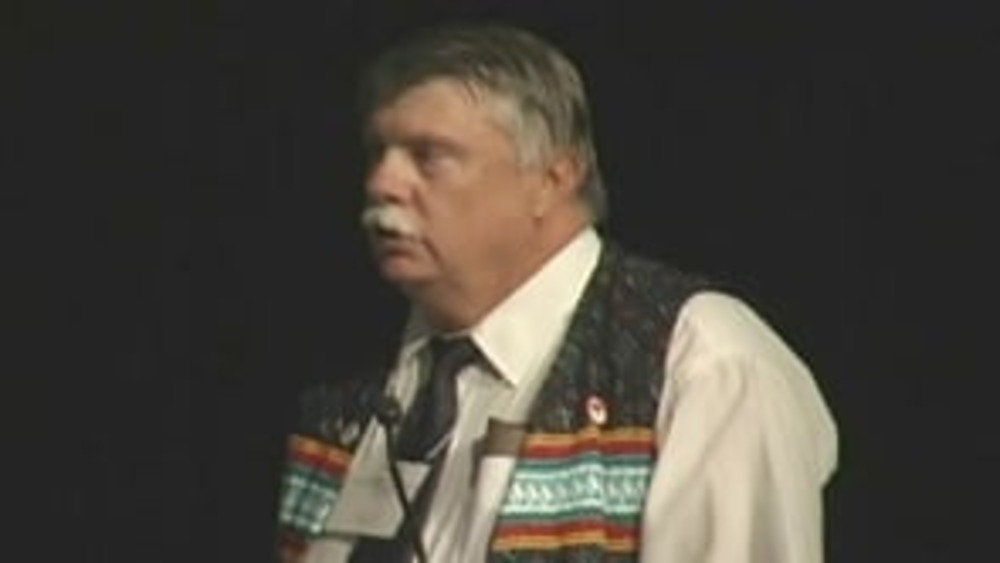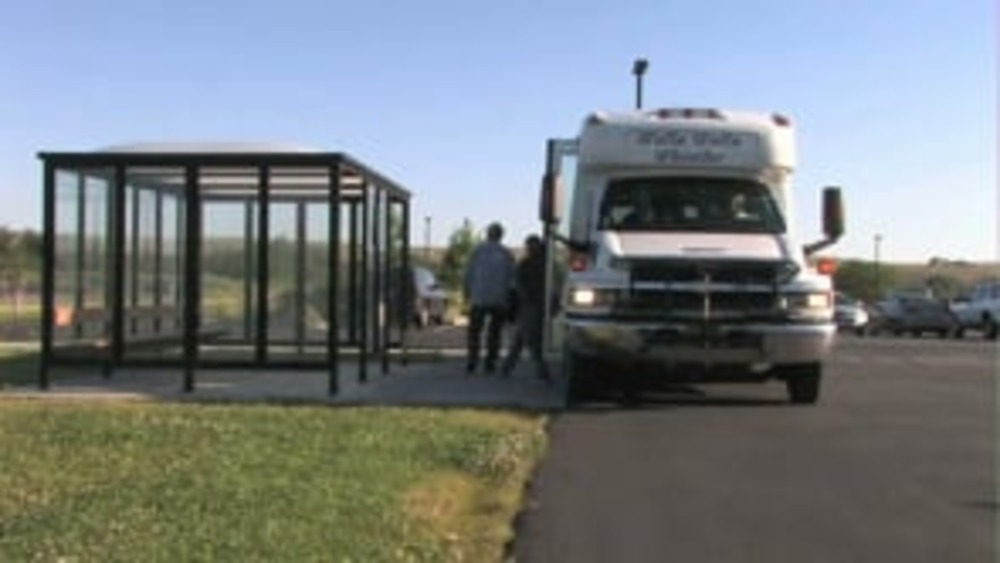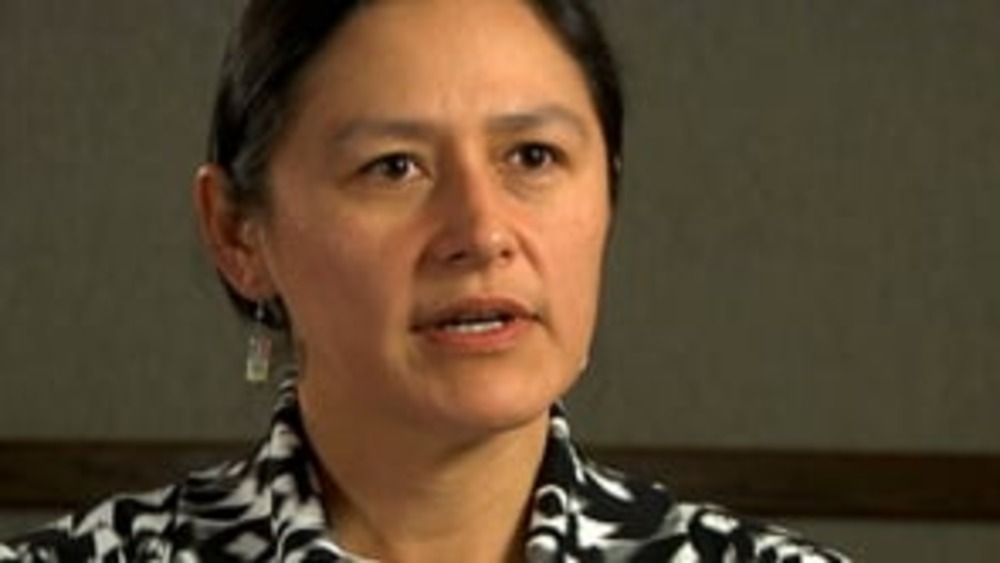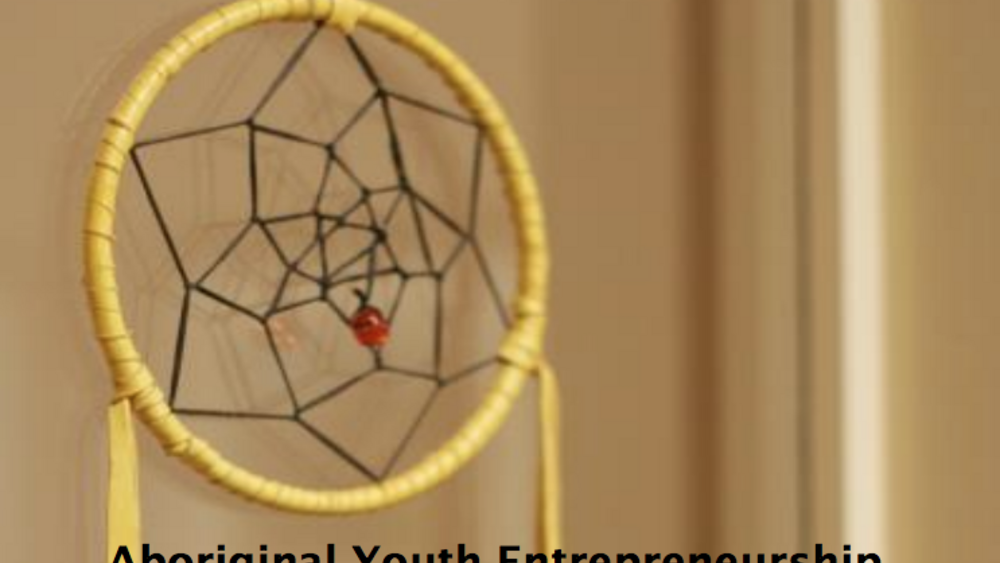Indigenous Governance Database
quality of life

Honoring Nations: Steve Terry and Rory Feeney: Miccosukee Tribe Section 404 Permitting Program
Miccosukee Tribe Land Resources Manager Steve Terry and Fish and Wildlife Director Rory Feeney present an overview of the Miccosukee Tribe Section 404 Permitting Program to the Honoring Nations Board of Governors in conjunction with the 2005 Honoring Nations Awards.

Confederated Tribes of the Umatilla Indian Reservation (CTUIR) Public Transit Program
This video, produced by the Confederated Tribes of the Umatilla Indian Reservation, explains the process by which a public transit program was implemented for the benefit of tribal members and, eventually, non-tribal members in neighboring communities.

From the Rebuilding Native Nations Course Series: "Citizen-Owned Businesses: Improving the Quality of Life"
Native leaders and scholars discuss the ways that citizen-owned businesses contribute to an improved quality of life for Native nations and their citizens.

Aboriginal Youth Entrepreneurship: Success Factors and Challenges
Aboriginal people (First Nations, Métis and Inuit) and their communities in the north face many obstacles and challenges. There are, however, tremendous opportunities to promote and enhance Aboriginal participation in the economy. Aboriginal youth entrepreneurs are key to building a healthy…
